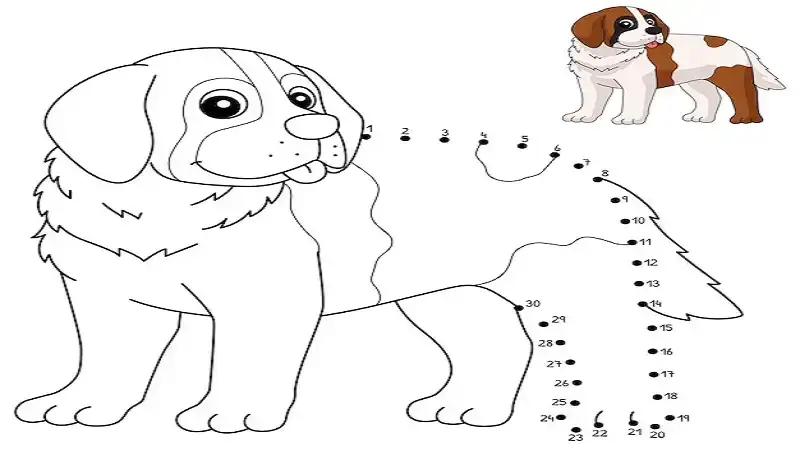Introduction
“drawing:iek1gnzs5p4= dog”can be a fun and rewarding experience, whether you’re an aspiring artist or simply looking to improve your drawing skills. Dogs, with their expressive faces and varied breeds, offer a fantastic subject for artists. In this guide, we’ll walk you through a step-by-step process to draw a dog, from basic shapes to final details.
Materials Needed
- Paper
- Pencil (preferably HB or 2B)
- Eraser
- Sharpener
- Colored pencils or markers (optional)
Step-by-Step Guide
Step 1: Basic Shapes
Begin by drawing the basic shapes that will form the dog’s body. Use light, loose lines to sketch an oval for the body and a smaller circle for the head. Connect these shapes with a smooth line to create the neck. Add two smaller ovals for the hind legs and two lines for the front legs.
Step 2: Head and Facial Features
Next, refine the shape of the head by adding the snout and ears. Draw a small circle at the bottom of the head circle for the snout, and add two triangles on top for the ears. Inside the head circle, sketch two smaller circles for the eyes and a small oval for the nose.
Step 3: Body Details
Now, refine the body shape. Draw the legs more clearly, giving them a more natural shape. Add circles or ovals at the end of each leg for the paws. Don’t forget to include the tail, which can be a simple curved line extending from the back of the body.
Step 4: Adding Fur and Features
Begin adding details such as fur texture and defining the facial features. For the fur, use short, quick strokes to create a realistic texture. Pay special attention to the direction of the fur; it usually follows the contour of the dog’s body. Define the eyes by adding pupils and a small highlight to give them life. Add more details to the nose and mouth.
Step 5: Shading and Final Touches
Add shading to give your drawing depth and dimension. Observe where the light source is coming from and shade accordingly. Darken the areas that are further from the light source, such as under the neck, belly, and the inner parts of the legs. Blend the shading smoothly to create a realistic look. Finally, add any last details such as whiskers or patterns on the fur.
Tips for Drawing Dogs
- Study Real Dogs: Observe real dogs or look at photographs to understand their anatomy and movement. Pay attention to the differences in breeds.
- Practice Regularly: Like any skill, drawing improves with practice. Draw different breeds and poses to challenge yourself.
- Use References: Having a reference image can greatly help in achieving accuracy, especially with proportions and details.
- Be Patient: Drawing takes time, and it’s okay to make mistakes. Use an eraser to correct errors and refine your work.
Conclusion
“drawing:iek1gnzs5p4= dog” can be an enjoyable process that enhances your artistic skills. By breaking down the process into manageable steps and practicing regularly, you can create detailed and realistic dog drawings. Remember, each artist has their unique style, so embrace your creativity and have fun with your drawings.
Happy drawing! See More.
